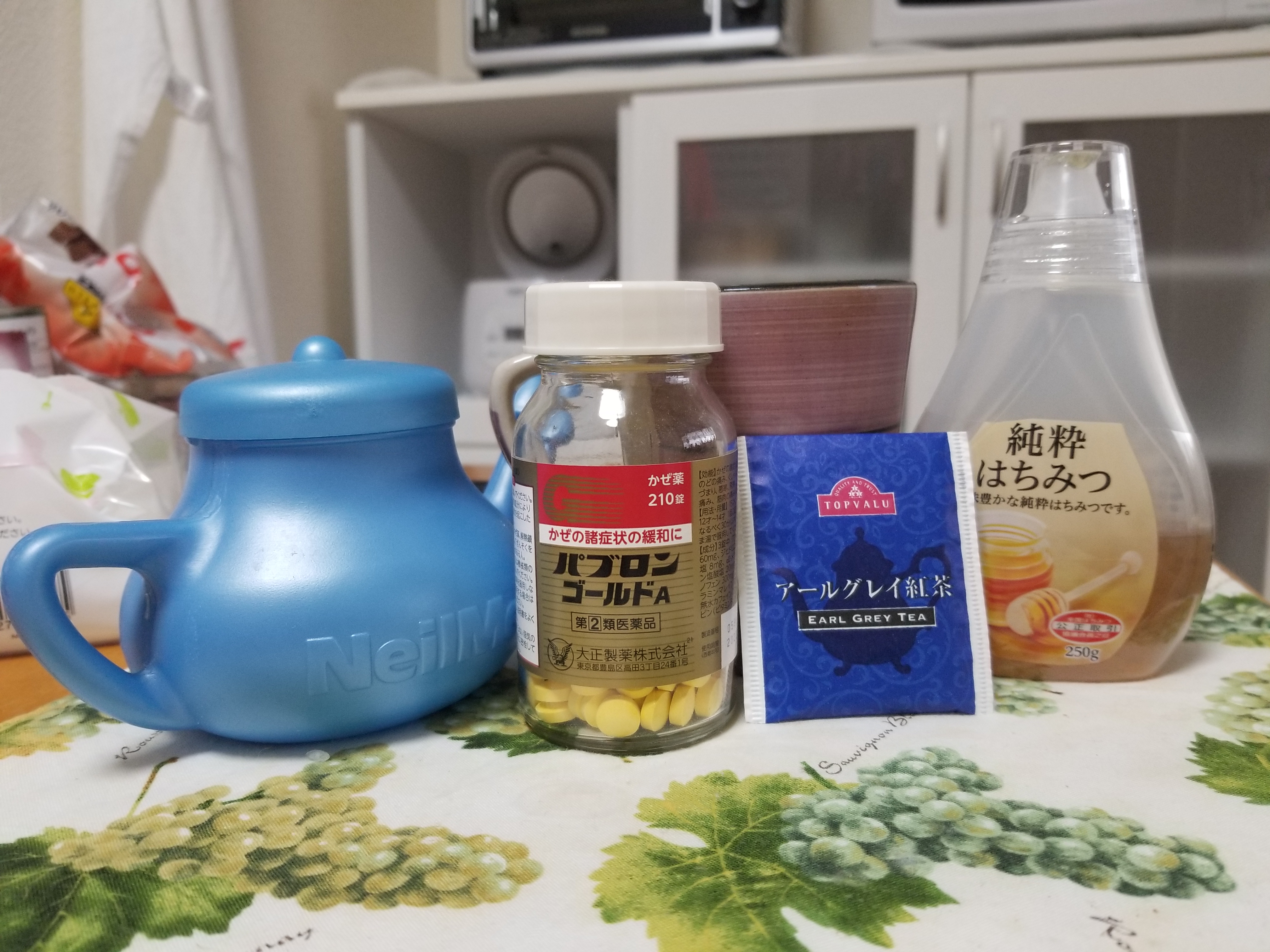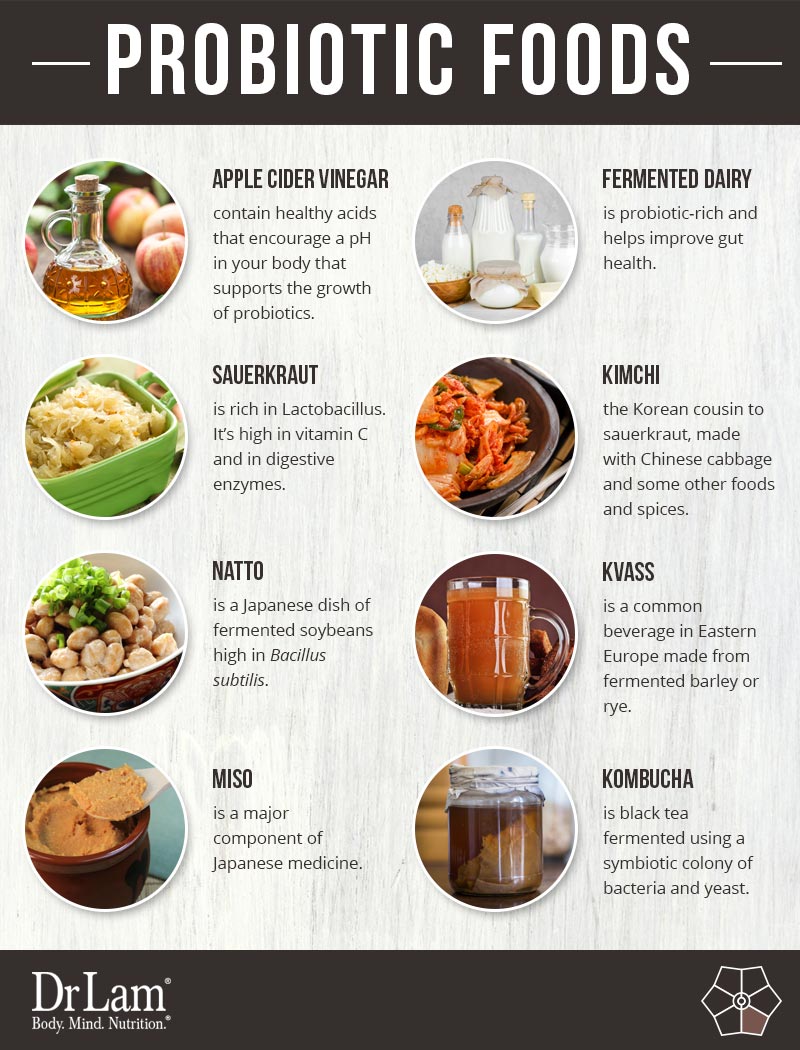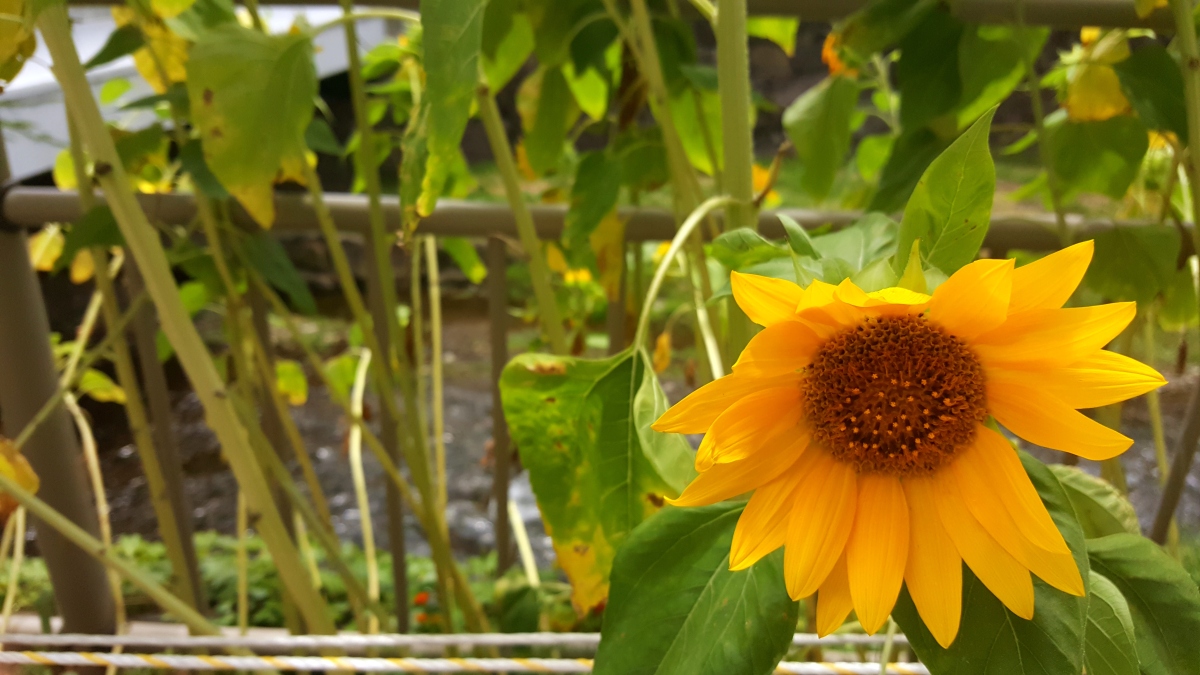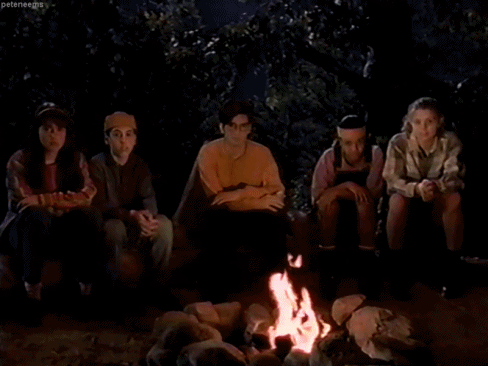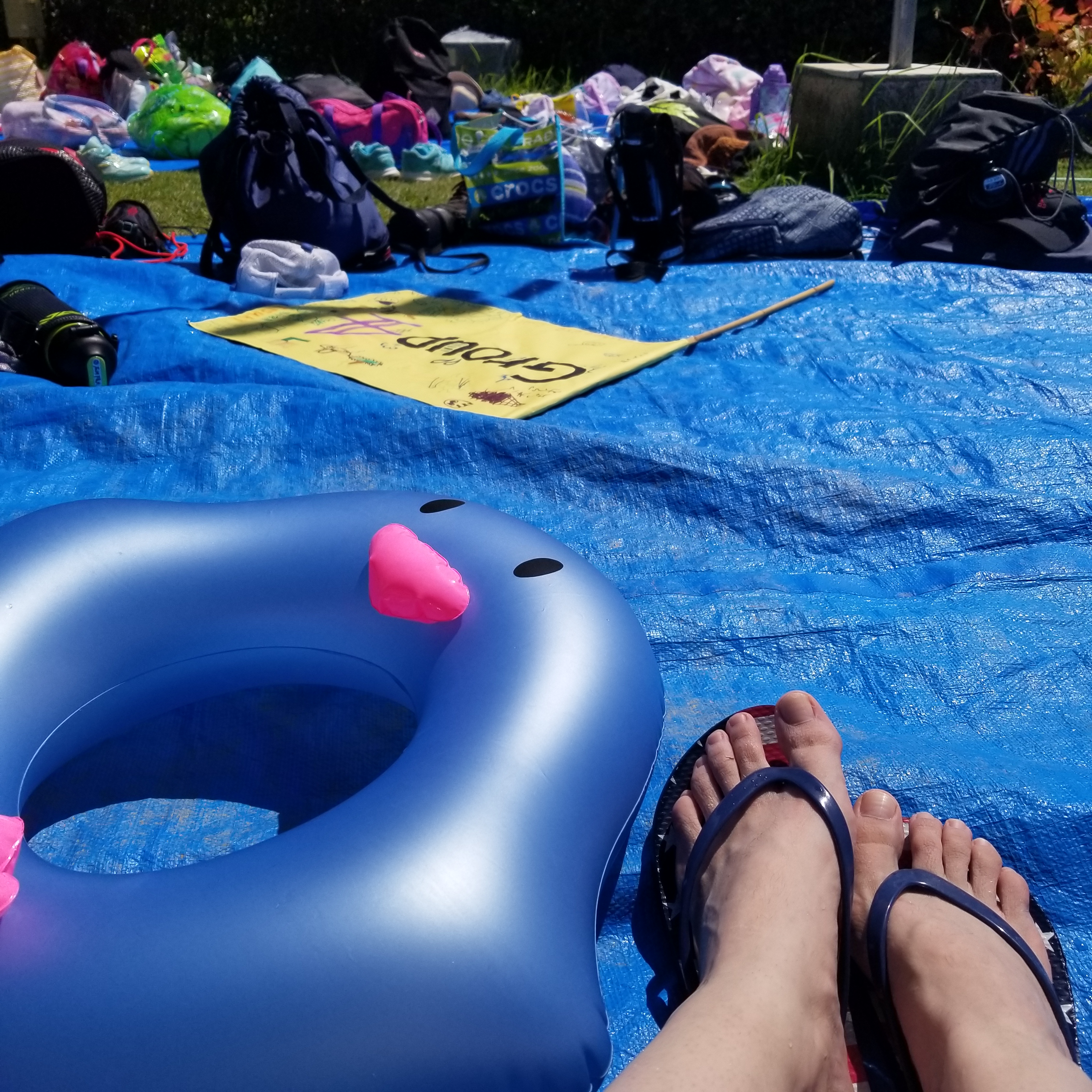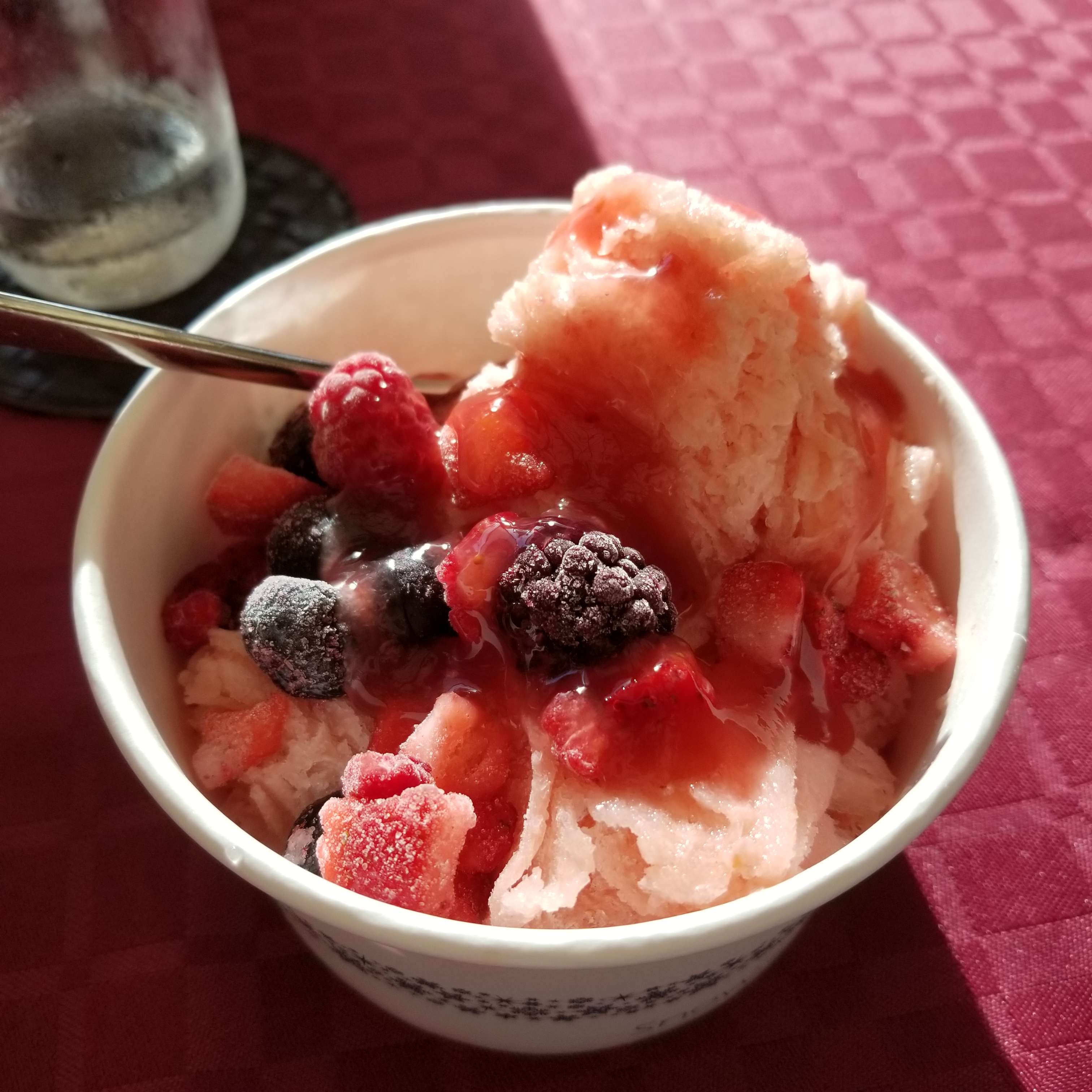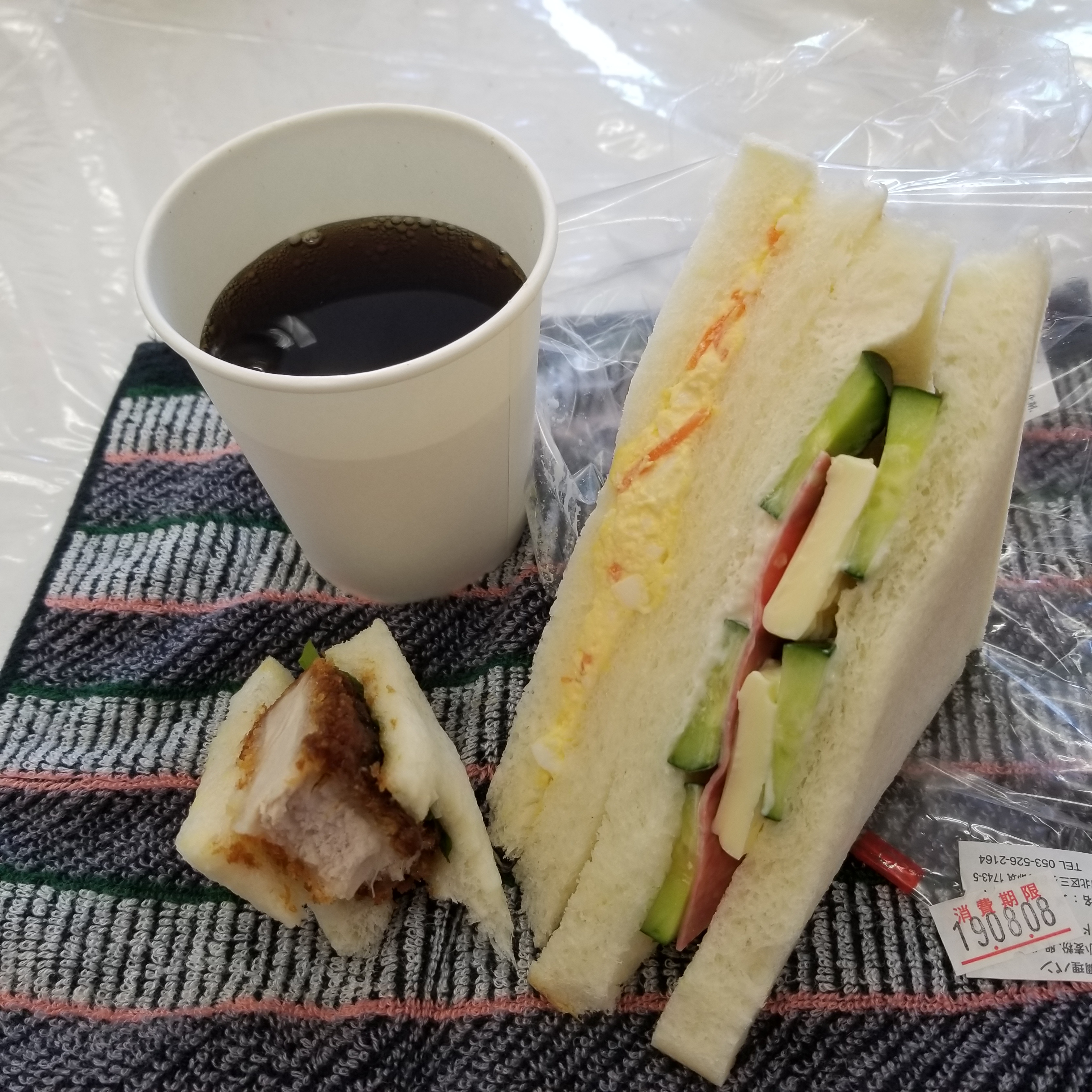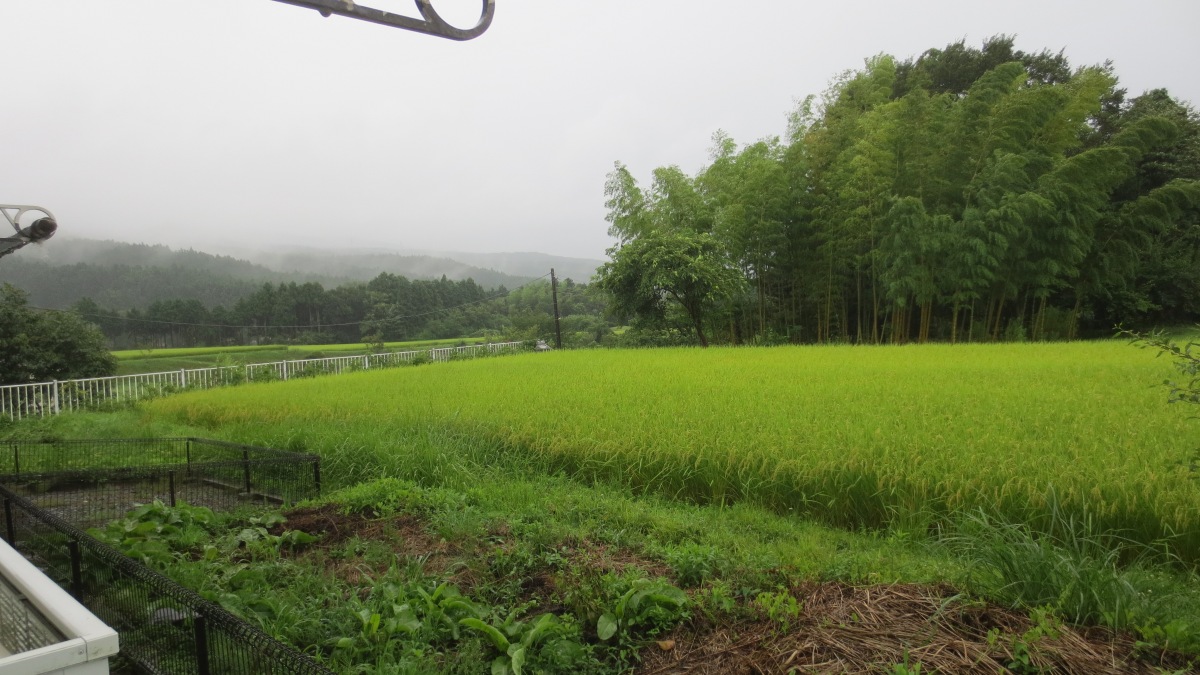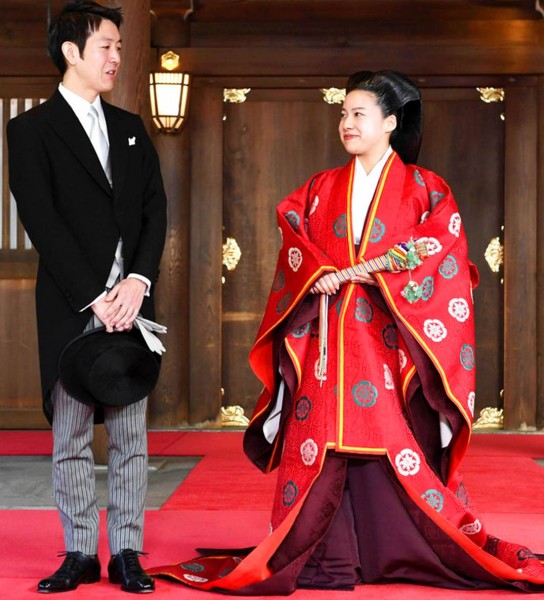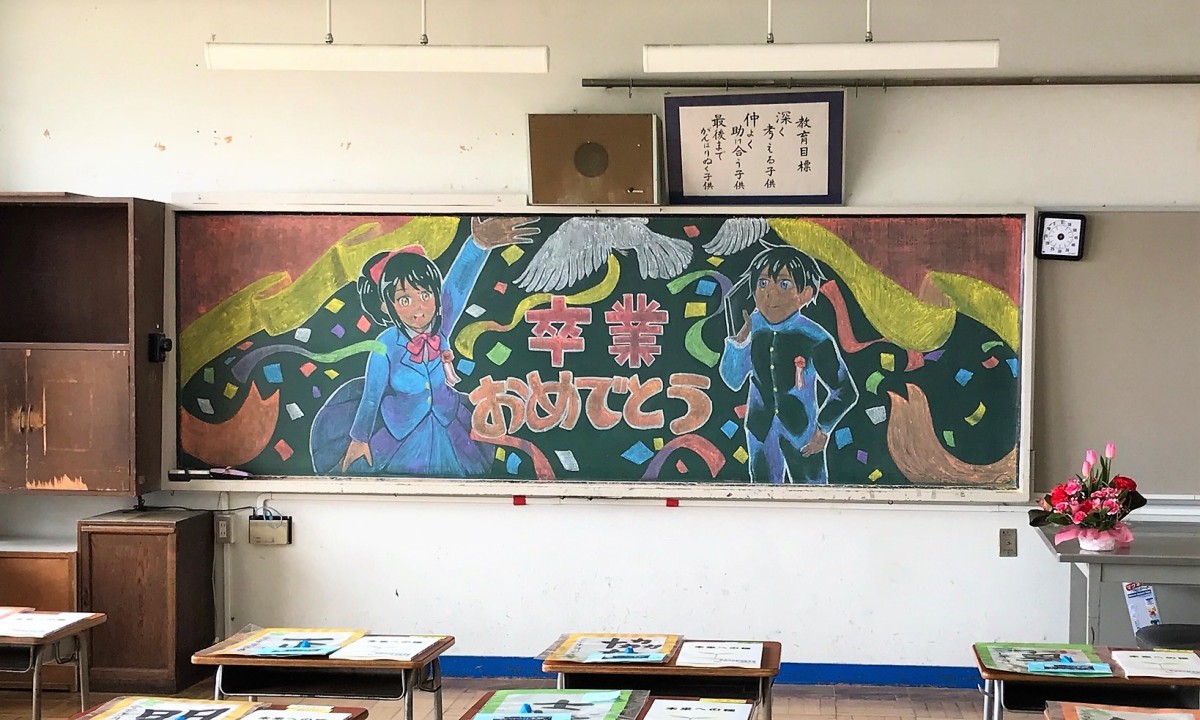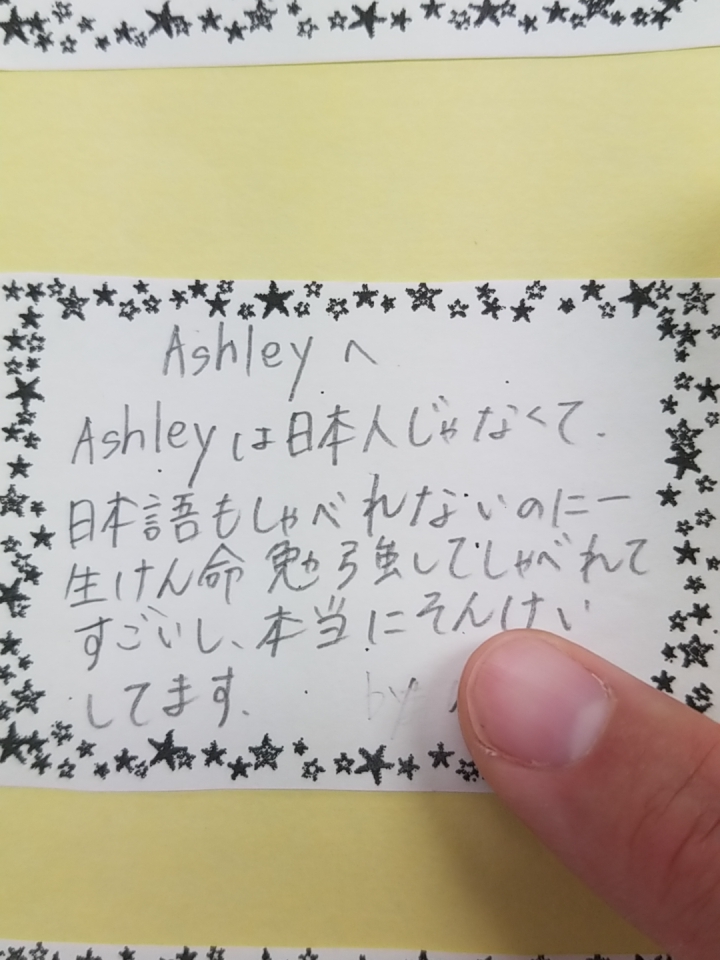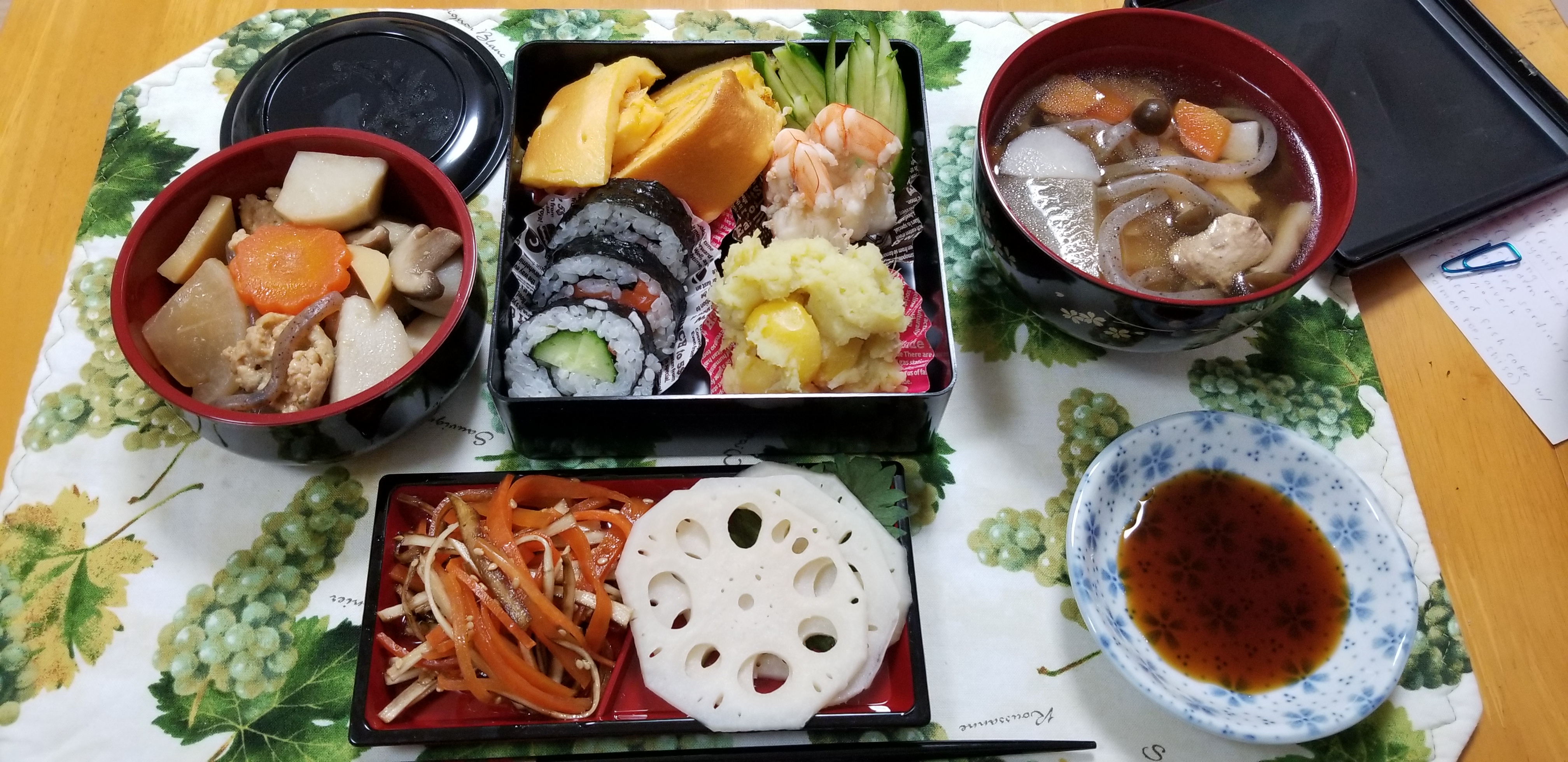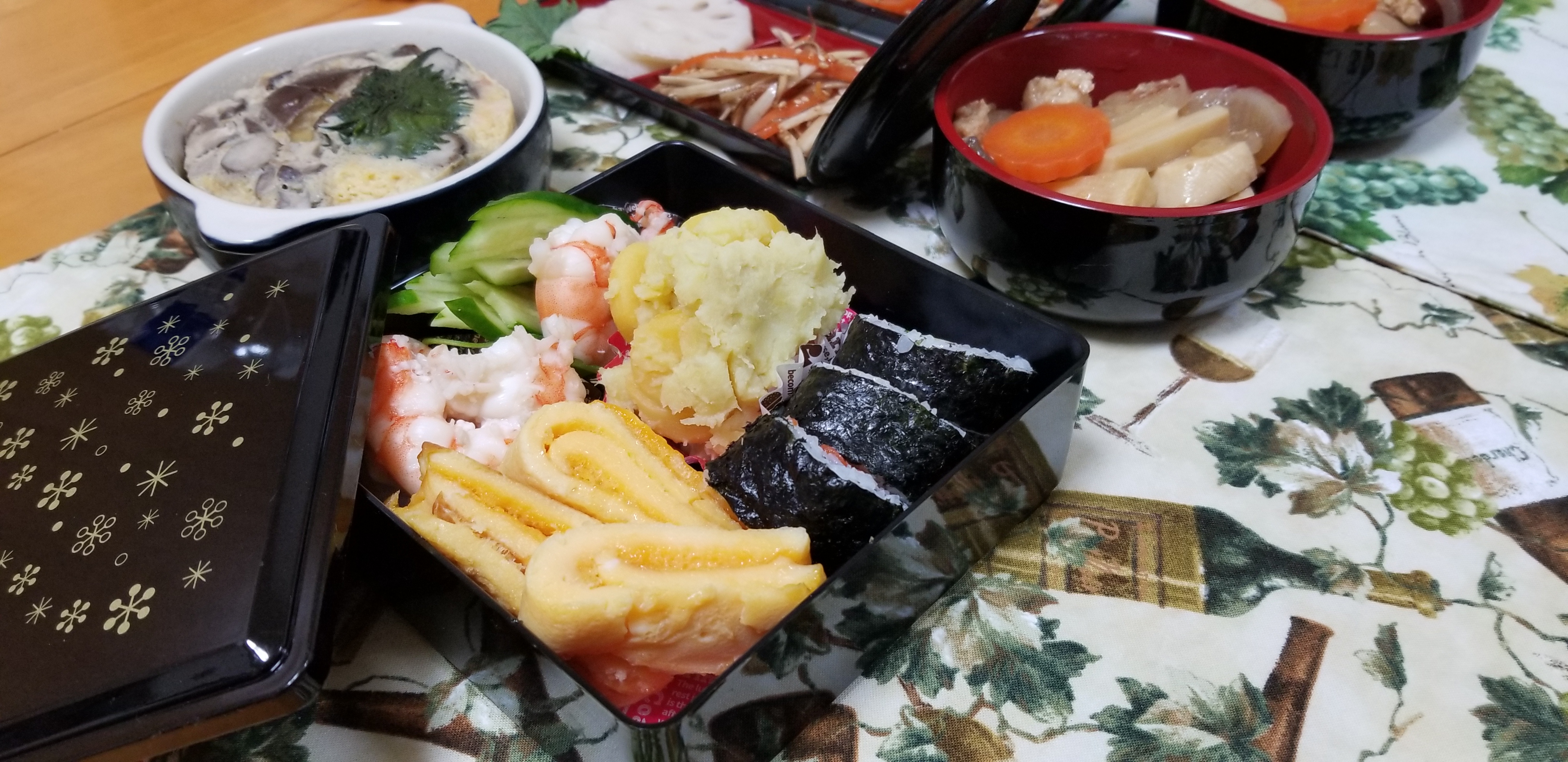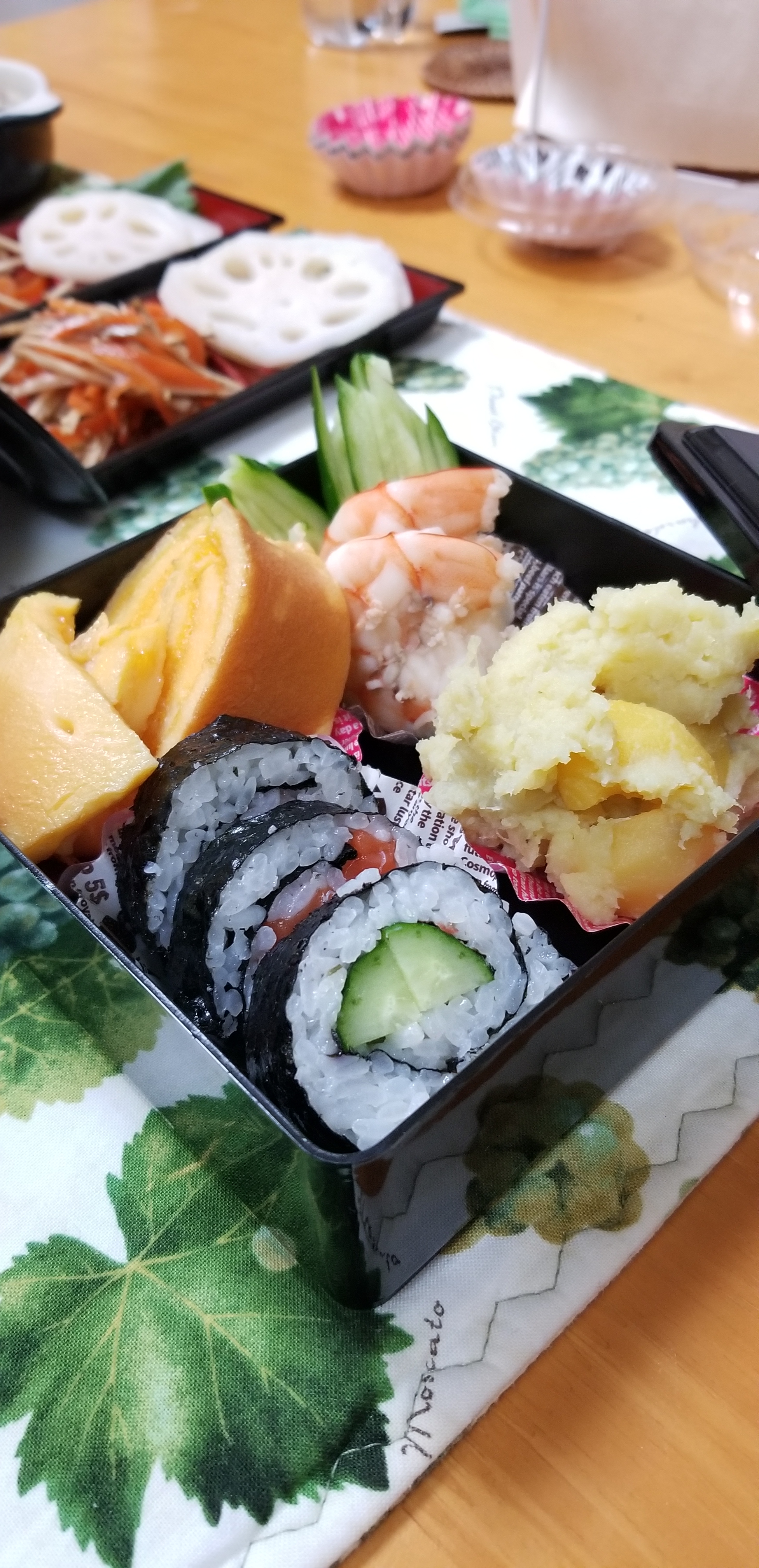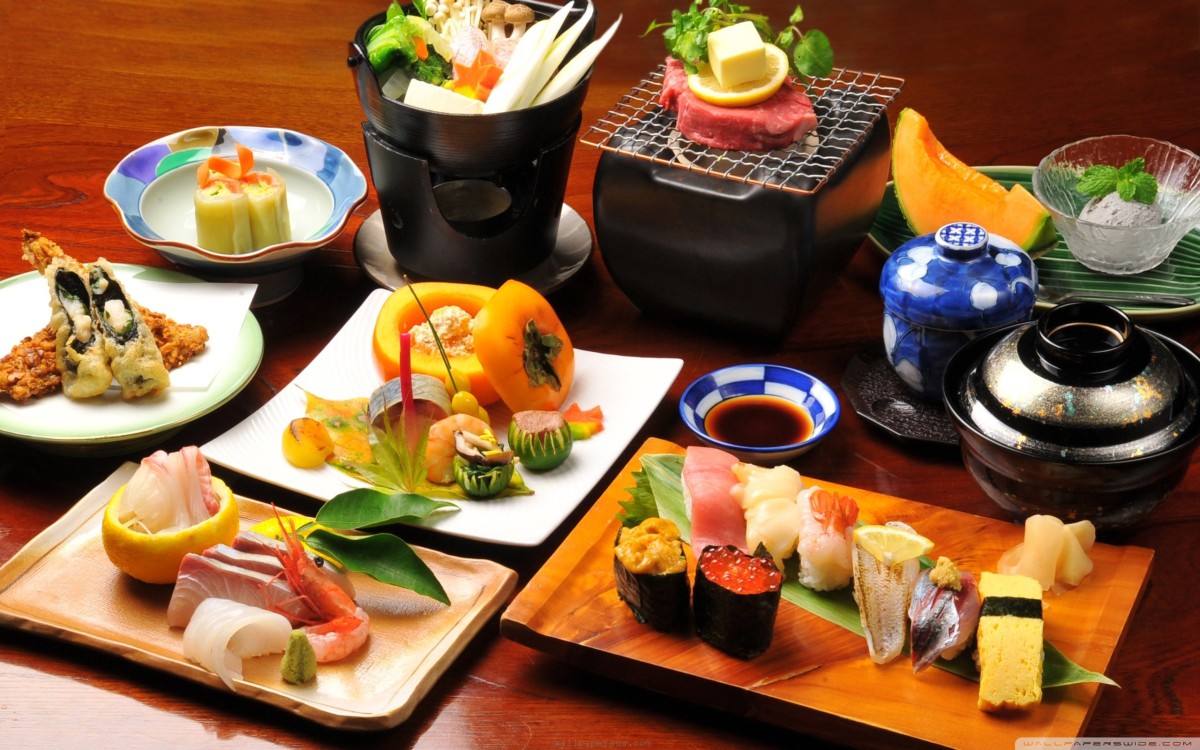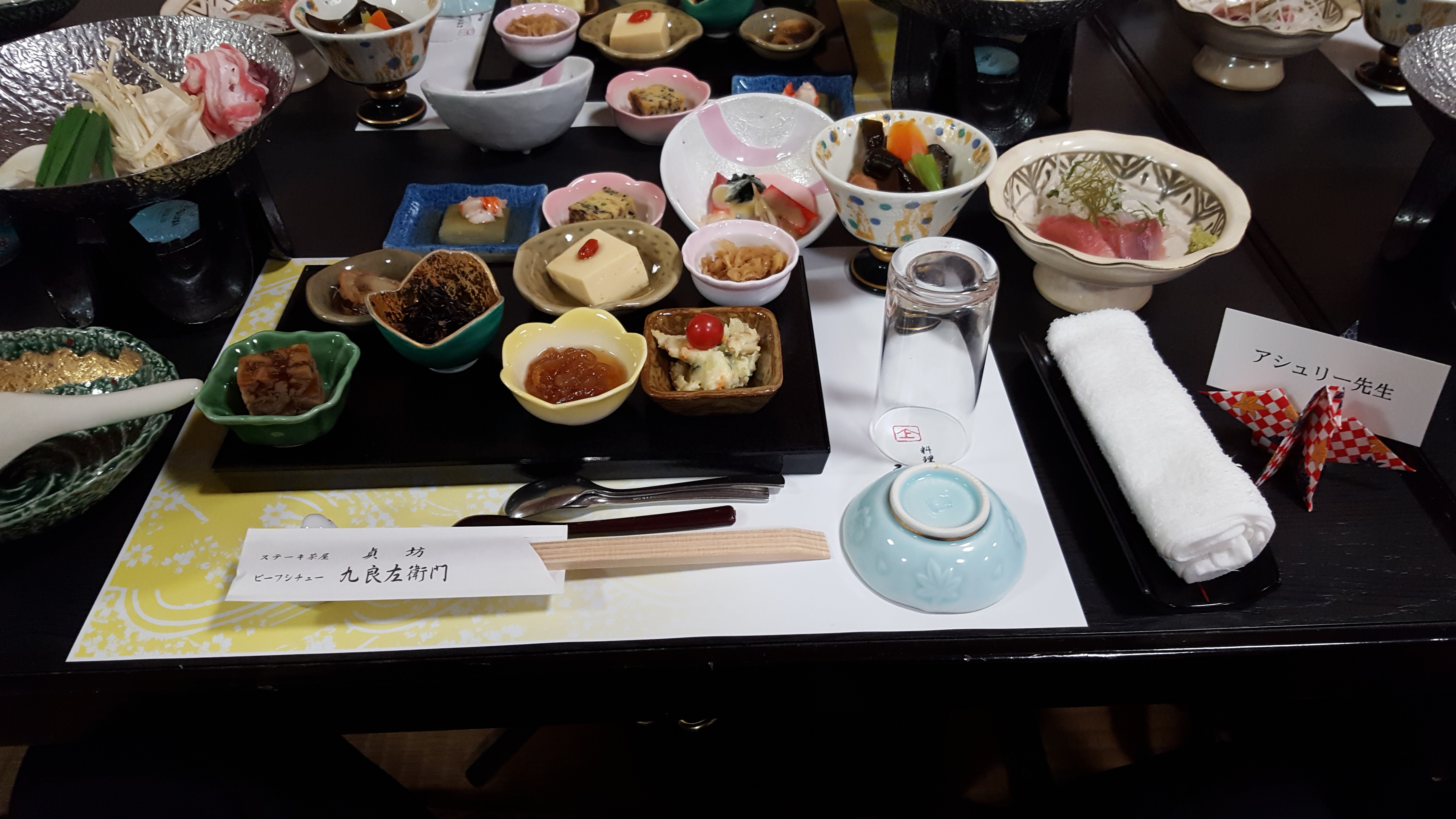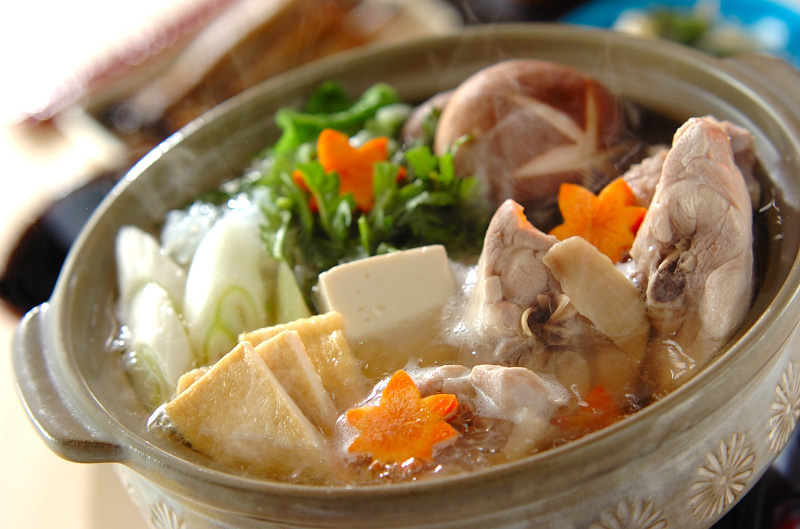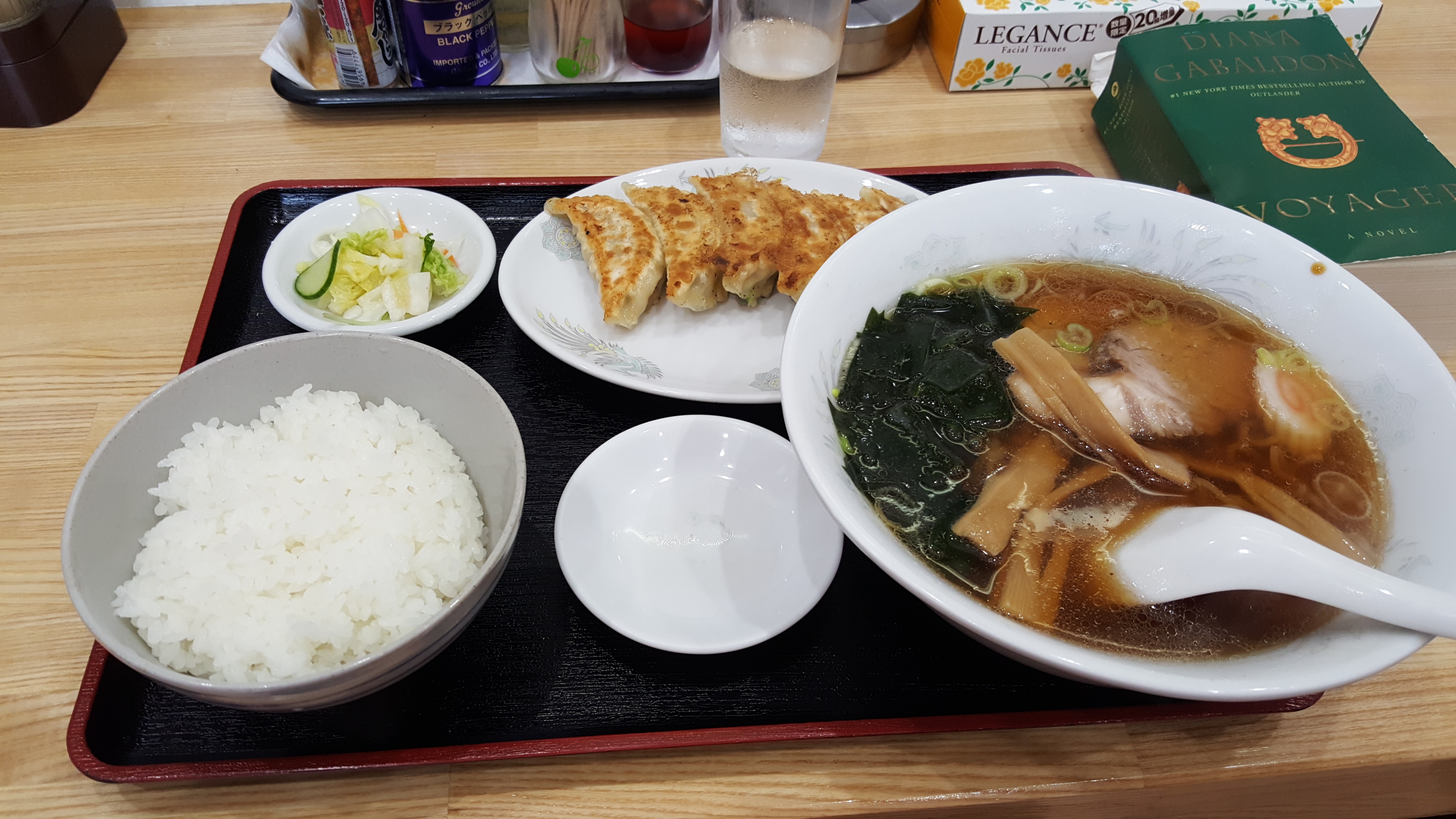Aaa~nd we’re back! I’m wholly determined to get back into this blog. At least… I’m determined for as long as the fancy to write is instilled within me. I’m the kind of person who will drop things for years at a time before picking them back up again. A prime example: A quilt I started back around 2012. I still have it. In a Ziploc bag. Ready to be stitched together. I even brought it to Japan with me thinking I’d have all the free time in the world to finish it!
Mmhm.
…sure.
I focus when it interests me. How self-centered is that?
Whatever. #mood
Friends of a Feather
When I came to Japan, the very first piece of advice everyone around me told me was to make friends as soon as possible. “Find at least ONE PERSON who shares something in common with you. You’ll feel a lot more at ease here.” Sports groups, knitting circles, art get-togethers, park walkers… anything. Many of you will agree, yes?
BUT!
True to my character, I refused. I shunned the idea and thought, “Pfft, why do I need to go find people? They should come to me!” I mean, that’s what my family was always going on about whenever I’d have a falling out with love. Shouldn’t it work the same way with friends? God, what a pompous noodle butt I was… am?
Mr. Yearly the Groundskeeper
At one of my elementary schools, I had the pleasure of becoming acquainted with the groundskeeper. Let’s call him Mr. Yearly. An easy-going man, he was a comfort to me in my new environment when I was first put into that school. We became friendly and I was surprised when he asked me if I had any plans for the New Year.

“Well… no. Not exactly,” I told him. “Why?”
“Oh, I thought maybe you’d like to come over for dinner with me and my wife. By the way, what Japanese food do you like?”
“Um… I guess traditional foods? I really like nikku jyaga.” Truly, I was at a loss for ideas. I don’t do well when people come to me all of a sudden with questions that have too many possible answers.
Fast-forward a few months and I was back again at his house to enjoy some okonomiyaki. It’s a popular enough dish, even outside of Japan, but if you’re unfamiliar with it, all you need to know is that it’s to die for. Side note: I had the opportunity to try true Hiroshima-style okonomiyaki one year for Christmas. I might just have to go back!
His wife was graciously eager to help me out with some unit origami that I was attempting in order to settle my anxiety. But at that moment, I was about ready to scrap the whole project and throw it out the window. Who knew working with something so delicate could be so frustrating!
Oh. Speaking of delicate somethings.
Mrs. Yearly is an exceptionally skilled egg carver. Until now, I had only seen a single documentary about it. That’s where I learned that the dust from an eggshell is toxic. In truth, despite the risks that arts present to their makers, they are a look into the human experience. In the end, Mrs. Yearly was kind enough to remove some of her creations from their cabinet so I could take some photos.

The rest of that afternoon was spent watching a segment on TV about a teenage correctional program out of Oklahoma, of all things.
I’m starting to see more and more as I take ginger steps out of my uptight bubble that time with friends and loved ones is so incredibly important.
Blueberries for Days
Another outing I’ve had recently involved some down time at a local blueberry farm. Now, if this ain’t a first world problem, I don’t know what is. I was under the impression that blueberries came from bushes. Squat, dense, leafy things! Not these 6-foot-plus trees crowded into a hot greenhouse. No, certainly not.
My image of what a blueberry bu- no — tree — has effectively been shattered.

Anyway, I went with a coworker and her two children. It was funny because the youngest was so in love with them while the oldest didn’t want to have anything to do with them. She pulled a couple of sly ones on me — a few of the blueberries she gave me in an attempt to share were bitter!

We concluded our day with homemade blueberry ice cream (made by yours truly — I’ll share the recipe, along with some others, another time), a simple beef broth soup, and sandwiches. I’m embarrassed to say that the excitement of it all had me passed out on the floor, snoozing.







